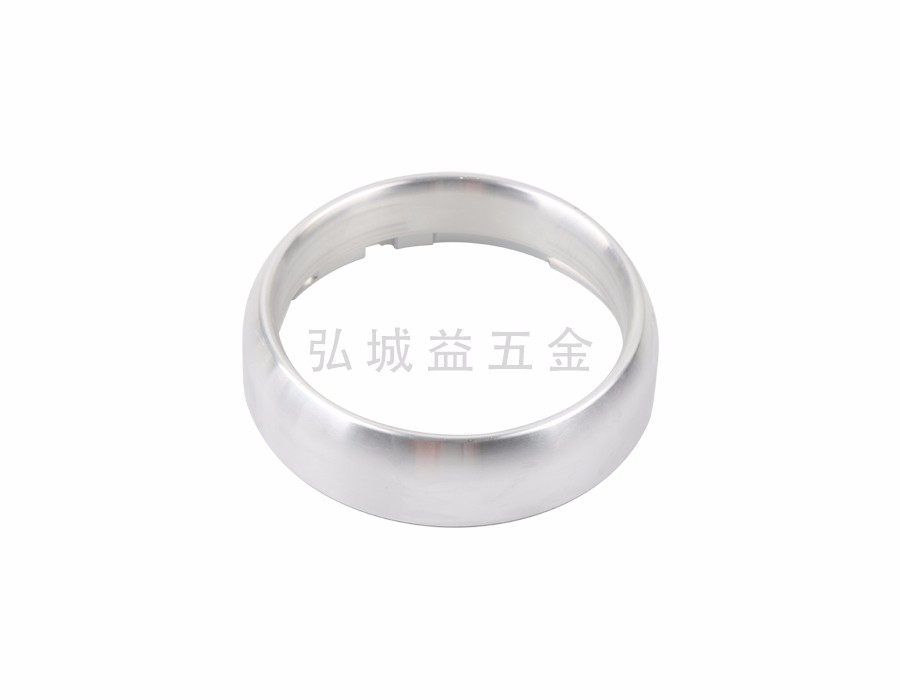
The CNC machining of anodized aluminum oxide parts mainly includes the following steps:
Selection and preparation of aluminum alloy: Select suitable aluminum alloy materials and perform necessary pre-treatments such as cutting, cleaning, etc. to ensure that the parts meet the required shape and size before anodizing treatment.
Anodizing treatment: Put aluminum alloy parts into an anodizing tank and perform anodizing treatment at a certain temperature and voltage. During this process, the oxide film will gradually form on the surface of the aluminum alloy, playing a protective and decorative role.
CNC programming: Based on the shape and size of the part, CNC programming is carried out to determine the machining path, tool type, and cutting parameters.
CNC machining: Place the anodized aluminum alloy parts on a CNC machine tool and process them according to the CNC program. During the machining process, attention should be paid to controlling cutting force, the use of cutting fluid, and tool compensation to ensure machining quality and efficiency.
Quality inspection: The processed aluminum alloy parts need to undergo quality inspection, including dimensional accuracy, surface roughness, oxide film quality, etc. If there are unqualified parts, they need to be repaired or reprocessed.
It should be noted that anodizing treatment is one of the most widely used methods, which can obtain a layer of oxide film on the surface of aluminum alloys, improve the corrosion resistance, pigment adsorption ability, and wear resistance of aluminum products. When conducting anodizing treatment, it is necessary to select appropriate oxidants and process parameters, control temperature and current density, and other conditions to ensure the quality and performance of the oxide film.